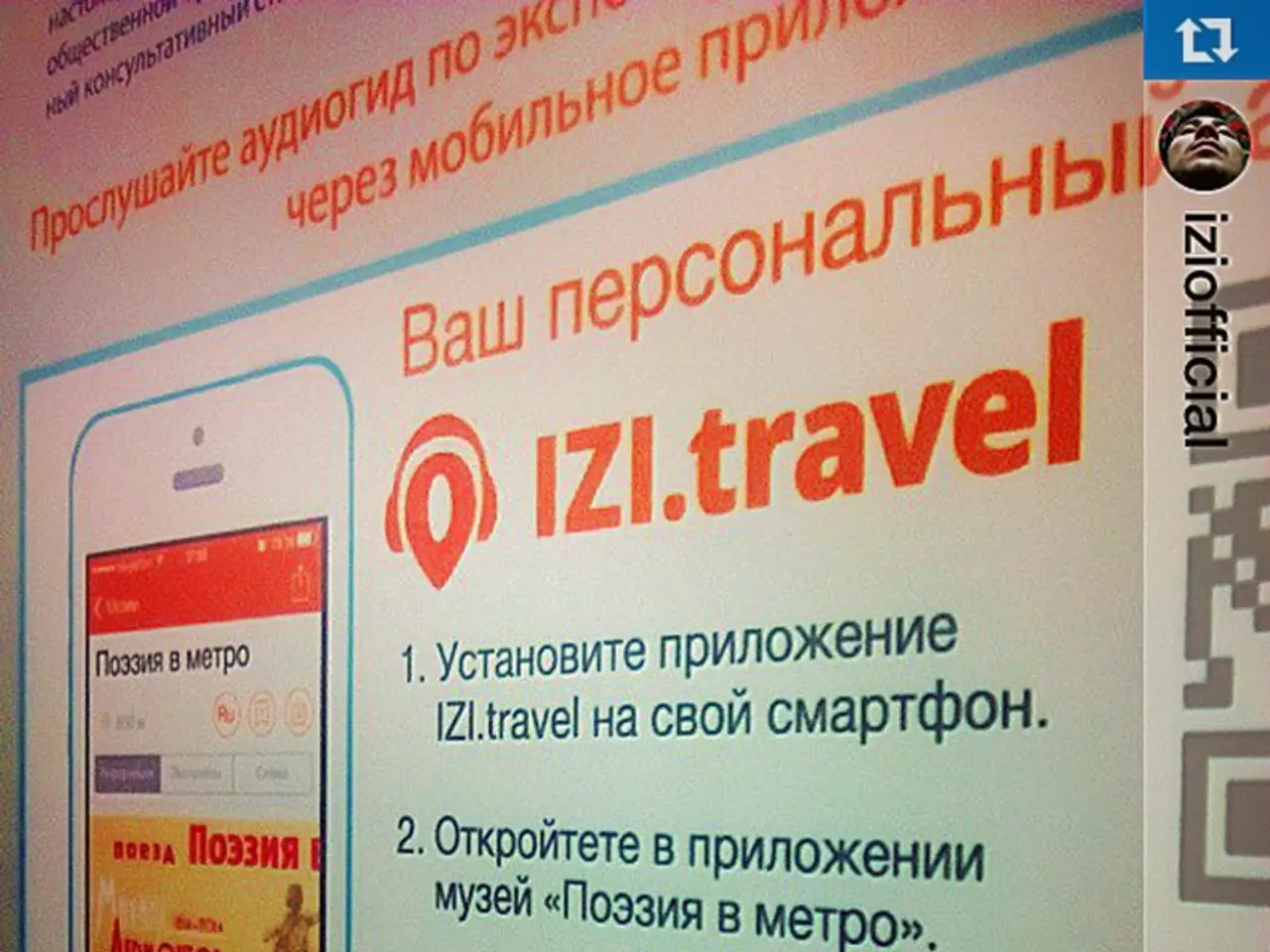Intel's Risky Venture: Potential Implications for Stockholders due to the Anticipated Divide
Intel Corporation, a tech giant known for its dominance in the semiconductor industry, is reportedly exploring a potential split. This move could have significant implications for investors and the industry at large.
For investors, the potential benefits are clear. A split could lead to focused, nimble business units, appealing to those seeking growth in AI-driven markets. By carving out high-growth or high-margin segments, such as AI chips and foundry services, Intel could unlock valuation multiples that better reflect the strategic value of each business, potentially attracting new investors and boosting stock performance.
Intel's doubling down on AI infrastructure, with leading-edge processors like the Xeon 6 and Panther Lake families, positions these stand-alone units to capitalise on booming AI demand, potentially increasing future earnings and investor returns.
However, the risks are equally significant. Large-scale splits and leadership changes carry operational risks. The turnaround remains uncertain, especially with setbacks in manufacturing plans like abandoning the 18A chipmaking process to attract top-tier foundry clients. Any failure to execute these transitions smoothly could prolong losses or depress stock prices.
The cost and complexity of separation could also impact profitability. Splitting a historically integrated semiconductor giant requires significant financial and managerial resources, and write-offs on recent investments and potential delays in new product readiness could impact profitability.
Moreover, Intel faces fierce competition from TSMC, NVIDIA, and others. A split may weaken Intel’s bargaining power or ability to invest at scale against these rivals, especially if they lose economies of scale or key customers during transitions.
For the semiconductor industry, Intel's potential split could accelerate a trend in the industry where companies focus on core competencies rather than vertically integrated semiconductor manufacturing. This could potentially increase fragmentation but also innovation and specialisation.
The shift in technology leadership will influence industry standards and the competitive landscape, especially in AI and data centre chips. How Intel manages this transition will be crucial in shaping the future of the semiconductor industry.
Investors should keep a close eye on developments in the coming months and consider diversifying their portfolios to minimise exposure to the risks of such a drastic corporate change. The news has been making waves across financial markets, and it remains to be seen whether the split will be a strategic move to unlock value or a sign of trouble ahead for Intel.
[1] "Intel's Potential Breakup: Benefits and Risks for Investors," Seeking Alpha, 2021. [2] "Intel's Potential Breakup: What It Means for Investors and the Industry," The Motley Fool, 2021. [3] "Intel's Potential Breakup: A Tactical Move or a Desperate Act?," Barron's, 2021. [4] "Intel's Potential Breakup: A New Era in Semiconductor Manufacturing?," Forbes, 2021.
- The potential split of Intel Corporation, a tech giant, could attract new investors by carving out high-growth business segments, such as AI chips and foundry services, possibly boosting stock performance and capitalizing on booming AI demand.
- By focusing on core competencies rather than vertically integrated semiconductor manufacturing, Intel's potential split could increase fragmentation but also innovation and specialization in the semiconductor industry.
- The shift in technology leadership due to Intel's potential split will significantly influence industry standards and the competitive landscape, especially in AI and data centre chips.
- The cost and complexity of Intel's potential separation could impact its profitability, as splitting a historically integrated semiconductor giant requires significant financial and managerial resources.
- The operational risks associated with large-scale splits and leadership changes, such as setbacks in manufacturing plans, could prolong losses or depress stock prices for Intel, potentially impacting its investors and the industry at large.




